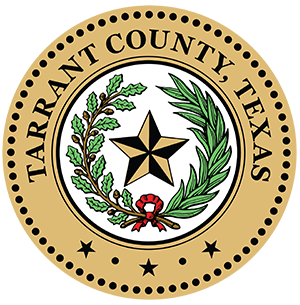Fact Sheet
Fact Sheet
What It Is: The NACo drug discount card program helps consumers save money on their prescription medications any time their prescriptions are not covered by insurance. The free cards are distributed in the sponsoring county and may be used at any participating retail pharmacy. The discount card is not insurance.
Savings: Savings average 20 percent; some discounts may be more, and some less, depending on the drug and quantity purchased. Cardholders are eligible for higher discounts on a three-month supply of some medications through mail service. Cardholders also can save on pet prescriptions at participating retail pharmacies.
Who It's For: The cards may be used by all county residents, regardless of age, income or existing health coverage. There is no enrollment form, no membership fee and no restrictions or limits on frequency of use. Cardholders and their family members may use the card any time their prescriptions are not covered by insurance.
What It Costs: Unlike many other card programs, there is no enrollment cost or membership fee. The cardholder pays the negotiated discount price or the pharmacy's retail price, whichever is lower. The average discount is 20 percent.
Participating Pharmacies: More than 57,000 pharmacies nationwide accept the card, including most chain pharmacies and many independents. Wal-Mart pharmacies participate in the program.
Additional Benefits: The program has a safety feature that alerts pharmacists when one drug may conflict with another medication the cardholder is taking, if the prescriptions were obtained with the NACo discount card. The NACo discount card program remains a useful option now that Medicare Part D has been implemented. For example, the card can be used when a Medicare Part D plan doesn't cover a drug.
About Caremark: The program is administered by Caremark Rx, Inc., a leading pharmaceutical services company with broad experience in managing drug discount card programs for sponsoring clients. Caremark negotiates with pharmacies to offer a discount off their retail prices. Most pharmacies contract to participate because it draws customers to their stores. Caremark derives revenue from the program in the form of a small fee that the pharmacy pays on each transaction. The fee is a small fraction of the total transaction amount.
Discount Rebates: Few manufacturers pay rebates on the discount card program. Caremark shares a portion of the rebate with the consumer at the point of sale via an increased discount. The retail pharmacy is reimbursed for this additional discount.
Data Collection: Cardholder information remains confidential and is not resold to a third-party for any reason.
Drug Distribution: Caremark negotiates with retail pharmacies to offer discounts off retail prices at the point of purchase. Some news reports have incorrectly stated that Caremark purchases prescription drugs and distributes them to retail pharmacies.

 TARRANT COUNTY, TX
TARRANT COUNTY, TX

 Commissioners Court
Commissioners Court